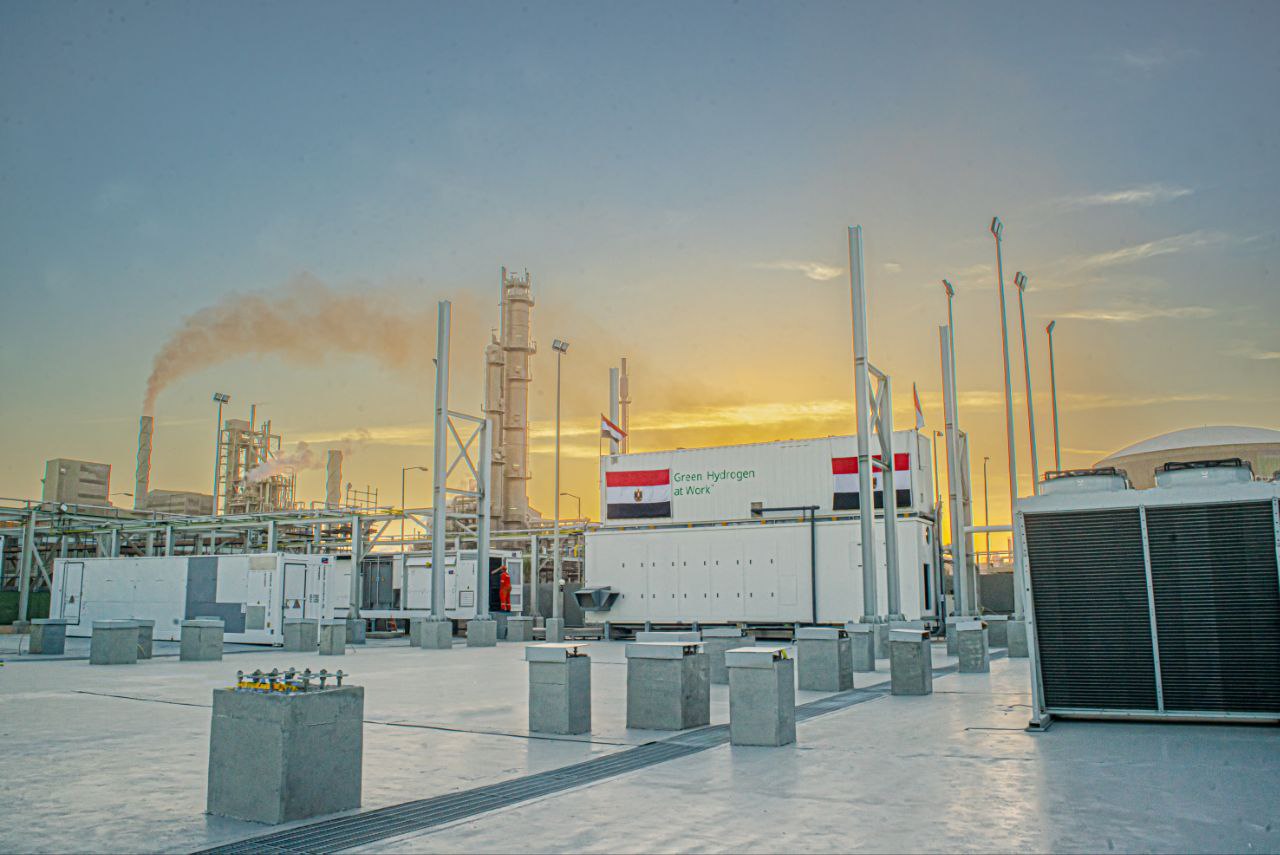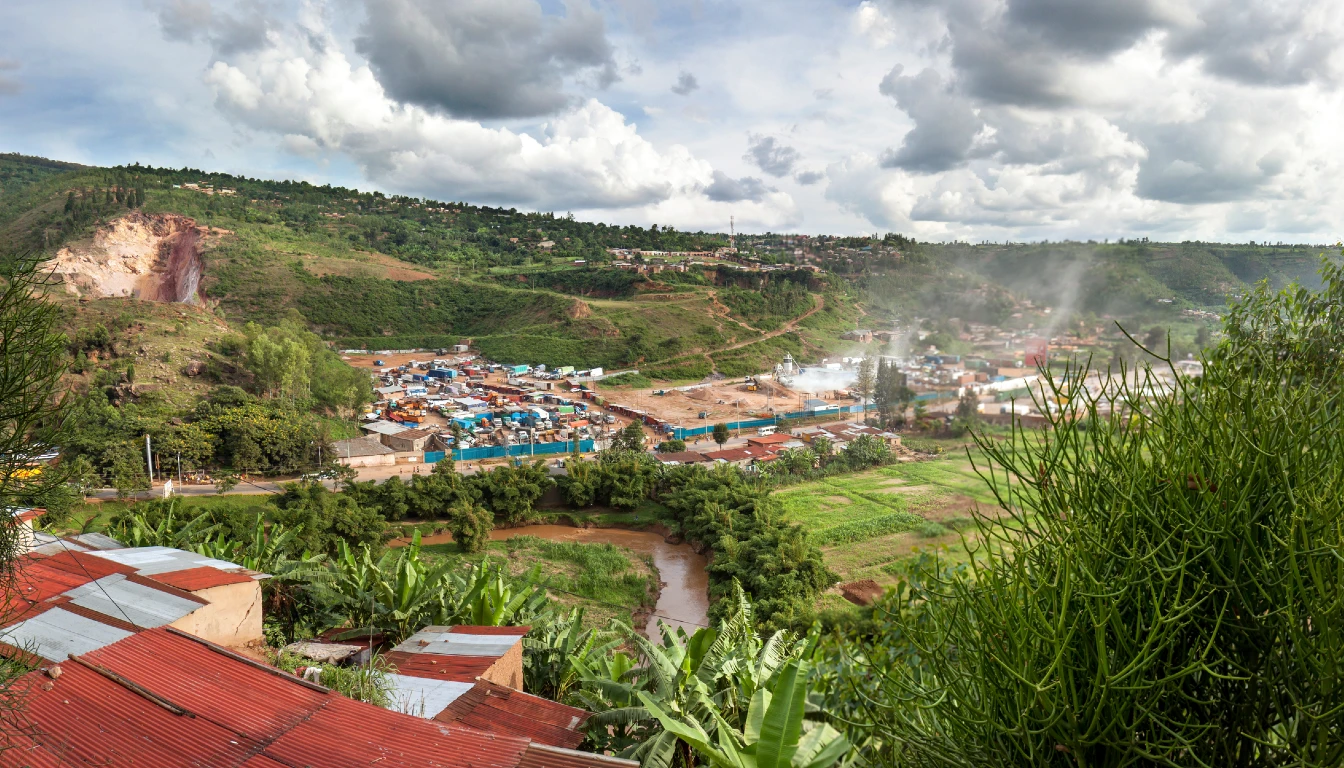OPINION: Caitlin Fuge, Associate, Nexus Climate
As developing countries expand their economies and build new infrastructure, their reliance on carbon-intensive industrial processes like cement and steel production will increase. Emissions from the cement and steel sectors comprise relatively large proportions of global CO2 emissions: 6.5% and 7%, respectively. For these two reasons, focus will be placed on the industrial decarbonisation strategies developing countries have implemented and what more needs to be done.
Recognising these strategies is also important because they provide appropriate information for other developing countries to benchmark their efforts against. Building on such present strategies, developing countries should practice more ambitious carbon regulations alongside continued investment in R&D for low-carbon technology.
Carbon Taxes and Their Impact on Green Tech Adoption
Some developing countries, like South Africa and Mexico, have implemented carbon regulation systems involving carbon taxes. Such systems also often feature offsetting marketplaces where companies can purchase credits to reduce their carbon tax liabilities. Although these regulations can be considered a step in the right direction and will hopefully incentivise developing countries like India that do not currently practice carbon taxation to do so, they generally seem to lack ambition. For instance, Mexico’s carbon tax only charges $3.50/tCO2. Even though South Africa’s baseline rate of $8/tCO2 is higher, there are high allowances for heavy industries like steel and cement manufacturing of up to 80%.
Such low rates mean that, at least in the short-term, paying the tax can be the more attractive option when compared to changing technologies and reskilling workers. If there is to be proper competition between the familiar fossil fuel-based tech and new, greener tech, higher carbon taxes are needed. For instance, a 2023 paper reported that, in steel production, a higher carbon tax rate range between $36-72/tCO2 is required for greener Electric Arc Furnaces to compete with traditional fossil fuel-based Blast Furnaces.
The Importance of Encouraging Innovation
However, if bolder carbon taxes are to encourage industrial decarbonisation, developing countries need sufficient access to low-carbon technologies. Without viable technology to transition to, implementing carbon taxes could lead to reduced industrial output in attempts to counteract increased production costs. This, in turn, could cause price inflation and damage countries’ ability to develop. To avoid such issues, policies that encourage R&D in the climate tech space need to be formulated. Given the dual focus here on developing countries and their industrial sectors, such policies are even more salient.
Firstly, this is because the cement and steel sectors are notoriously hard to abate. They involve materials that need to be heated to high temperatures, using large amounts of energy, which subsequently react and release more GHG emissions. More innovative solutions for the carbon-intensive stages that make up these industrial processes are, therefore, invaluable.
Secondly, developing countries have the potential to leapfrog the carbon-intensive development stages that once characterised countries’ development trajectories prior to innovative clean-tech possibilities. Leapfrogging is particularly feasible for developing countries like Cambodia or Rwanda, which have relatively low levels of carbon-reliant infrastructure and less entrenched political interest in fossil fuels. This does exclude some countries like South Africa and India that are at further stages of development and already have extensive networks of carbon-reliant infrastructure. However, given the increasing availability of clean-tech solutions, it is still possible for such countries to bypass the prolonged periods of carbon dependence that developed nations experienced and, therefore, avoid the need for larger-scale transitions further down the line.

Pictured, Phnom Penh, Cambodia. There are fewer legacy power issues to overcome in countries like Cambodia as there is less carbon-reliant infrastructure.
Financial Incentives for Climate Tech R&D
In alignment with the identified importance of innovation, many developing countries have deployed financial incentives to encourage industrial decarbonisation-related R&D. Some focus on, for example, the roles green hydrogen and biofuels can play in decarbonising the combustion processes used to produce clinker for cement and molten iron for steel. For example, in January this year, the Egyptian Government introduced tax credits for projects related to green hydrogen so that 33-55% of the tax paid on the projects’ income is refunded.
Additionally, last month, the Brazilian Government announced their continued issuance of green bonds that have previously been used to develop second-generation biofuels derived from crops. Developing countries have also encouraged R&D related to the electrification of such industrial processes.
For instance, as part of India’s Jawaharlal Nehru Solar Mission, the Indian Government has provided direct grants for projects focused on producing more efficient solar panel cells. In the future, these could sustainably power the steel-producing Electric Arc Furnaces they aim to transition to.

Scatec and partners launched “Egypt Green”, Africa’s first integrated green hydrogen plant. Egypt has a favourable tax regime for hydrogen projects.
Summing Up
Ultimately, alongside a set of carbon regulations that, over time, need to increase in ambition, continued financial support for climate tech R&D will help to produce a vibrant ecosystem of startups that could prove key to decarbonising industries in developing countries. Since some developing countries are starting with relatively blank slates, this could also provide a huge boost to their economies. In doing that, they may become less reliant not only on fossil fuels, but on the development budgets of wealthier countries.




